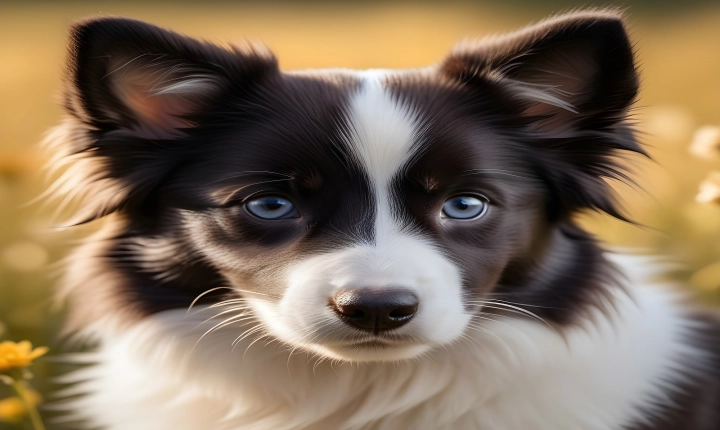Title: Can AI Create Images? Exploring the Role of Artificial Intelligence in Visual Art
Artificial Intelligence (AI) has increasingly infiltrated various aspects of human life, from managing complex tasks to creating unique artworks. One such realm where AI is making significant strides is in image creation. The ability of AI to generate images has sparked debates about the potential for technology to rival human creativity and the impact this could have on the art world.
AI’s capability to create images stems from its ability to analyze and understand existing visual data, learn patterns, and generate new content. This is often achieved through techniques such as machine learning, deep learning, and neural networks. These algorithms can process large datasets of images and learn the characteristics and styles unique to different artists or visual genres, enabling them to produce original art pieces.
One of the most notable achievements in AI-generated art is the emergence of Generative Adversarial Networks (GANs). GANs consist of two neural networks – a generator and a discriminator – that work in tandem to produce authentic-looking images. The generator creates images, and the discriminator evaluates these images for authenticity, working in a continuous feedback loop until the generator can produce images that are indistinguishable from human-generated ones.
Despite the impressive advancements, AI-generated art raises several ethical and philosophical questions. Critics argue that AI-produced images lack the emotional depth and human experience that traditional art embodies. They also fear that the proliferation of AI-generated art could devalue the human artist’s labor and creativity.
Moreover, the question of authorship and ownership of AI-generated art remains unresolved. When AI creates an artwork, who should be credited as the artist – the programmer who developed the algorithm, the AI system itself, or both? Additionally, the issue of intellectual property rights surrounding AI-generated art is complex, as it challenges existing copyright laws and ownership principles.
On the other hand, proponents of AI-generated art contend that machines can serve as creative collaborators, offering new perspectives and tools for human artists to explore and expand their art practice. AI’s ability to produce vast quantities of diverse and innovative images can also inspire and inform human artists, acting as a wellspring of creativity and a source of new ideas and techniques.
In addition to the philosophical and ethical concerns, the use of AI in image creation also has practical implications for industries such as advertising, fashion, design, and entertainment. AI-generated images can be tailored to specific aesthetic preferences, target audiences, and market demands, potentially revolutionizing how visual content is produced and consumed.
As AI continues to evolve, so too will its impact on the creation of visual art. While AI-generated images cannot replace the human creative spirit, they have the potential to augment and influence the art world in unprecedented ways. The integration of AI in visual art poses challenges, but it also presents opportunities for innovation, collaboration, and the exploration of new artistic frontiers.
In conclusion, the question of whether AI can create images is not merely about the technical capabilities of the technology, but also about the broader implications for the art world and society as a whole. As AI continues to progress, it is essential to critically examine its role in image creation and its impact on artistic expression, creativity, and the human experience. Embracing the potential of AI in art while addressing the associated ethical, legal, and cultural considerations will be crucial in navigating the evolving landscape of visual art in the age of AI.
